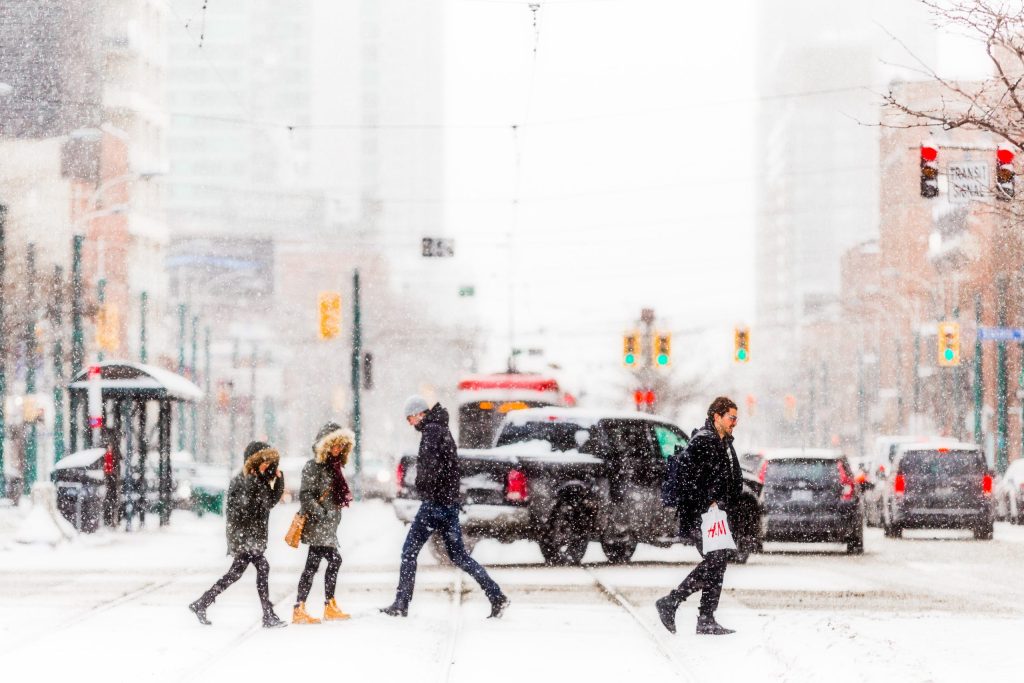5 things about cannabis from Ontario’s provincial budget
Posted March 28, 2018 4:24 pm.
This article is more than 5 years old.
As the federal government moves to legalize marijuana for recreational users later this year, Ontario’s latest budget sheds light on the province’s approach to sales, distribution, enforcement and revenue expectations.
– The Ontario Cannabis Retail Corporation, an LCBO subsidiary created to manage sales and distribution of recreational pot in the province, is not expecting to generate profits immediately after legalization. It is expecting an $8-million loss in 2017-2018, followed by a $40-million loss in 2018-19, largely due to initial startup costs to establish the retail network. By 2019-20, the province is forecasting OCRC net income of $35 million, followed by $100 million in net income by 2020-21.
– In a bid to crack down on the black market for marijuana in Ontario, the provincial government is creating a Cannabis Intelligence Co-ordination Centre to shut down illegal storefronts.
– The province will create a specialized legal team to support drug-impaired driving prosecutions. As well, it plans to fund sobriety field test training for police officers to help detect impaired drivers.
– Ontario will be providing municipalities with $40-million over the first two years of legalization to help with the costs of dealing with recreational pot. The Ontario Cannabis Legalization Implementation Fund will be funded by Ontario’s portion of the federal excise duty on recreational cannabis, at 75 per cent.
– Ontario plans to apply the full Harmonized Sales Tax, at 13 per cent, to off-reserve purchases of recreational cannabis by a Status Indian, band or band council, similar to tobacco and alcoholic beverages. However, medical cannabis purchased off-reserve from a licensed producer will be eligible for a rebate of the eight per cent provincial portion of the HST.








